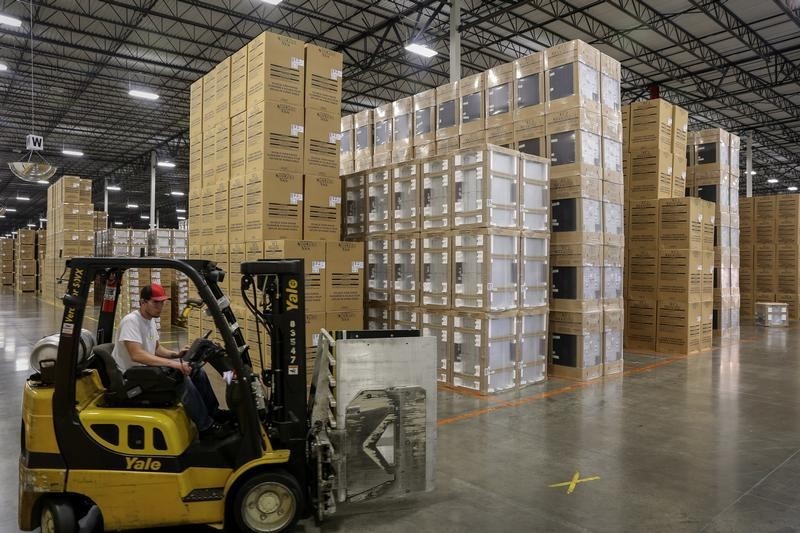(Bloomberg) -- Productivity in the U.S. unexpectedly fell for the first time since early 2016 as working hours slightly outpaced output, underscoring a sluggish pace of efficiency gains during this expansion, a Labor Department report showed Thursday.
|
Highlights of Productivity (Fourth Quarter) |
|---|
|
Key Takeaways
The data reinforce the trend of relatively paltry gains since the last recession ended, limiting the scope for economic growth to pick up without causing an unwanted acceleration in inflation. For the full year, productivity rose 1.2 percent, in line with the pace over the last decade.
The latest report also underscores that productivity figures can be volatile from quarter to quarter, and that the underlying trend may not have changed much despite the third quarter registering the fastest increase since early 2015.
Incoming Federal Reserve Chairman Jerome Powell has said that labor-force participation and productivity gains are key to lifting the sustainable rate of expansion in the world’s largest economy. Without a boost in productivity, President Donald Trump may find it difficult for growth to meet his 3 percent goal.
The Republican tax plan signed by Trump in December was aimed in part at making capital spending more attractive, which could help lift productivity. Equipment spending was resurgent in 2017, with such investment rising in the fourth quarter at the fastest pace since 2014.
|
What Our Economists Say The low productivity gains of the last few years will not extend into the foreseeable future. As the jobless rate dips below 4 percent later this year, mounting labor-cost pressures will spur businesses to adopt productivity-enhancing measures and boost investment. This was not yet evident in fourth-quarter data. The swing between the third quarter and fourth quarter was a result of hurricane disruptions, which artificially boosted growth at the expense of a later unwind.-- Yelena Shulyatyeva and Carl Riccadonna, Bloomberg Economics |
Other Details
- Output rose at a 3.2 percent rate following 4 percent gain
- Hours worked rose at a 3.3 percent pace; compensation for each hour worked advanced at a 1.8 percent pace
- Adjusted for inflation, hourly earnings fell at a 1.8 percent annualized pace after a 0.6 percent increase
- Latest gain in productivity compares with a 1.2 percent average over the period spanning 2007-2017, which is down from 2.6 percent in the 2000-2007 period
- Among manufacturers, productivity rose at a 5.7 percent pace in the fourth quarter, most since 2010, rebounding from a 4.9 percent decline in the prior quarter; productivity in sector was up 1.1 percent from year earlier
(Adds chart, Bloomberg Economics comment.)
